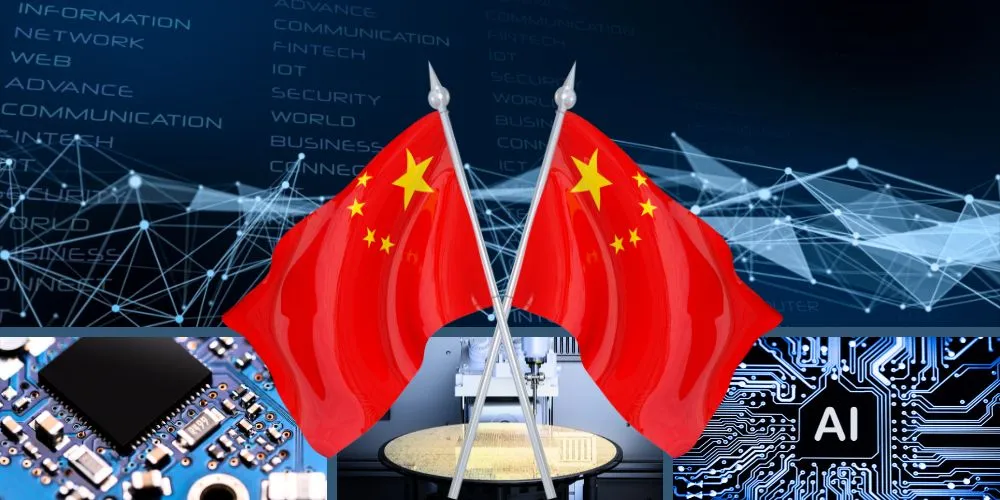Key Points:
- China reaffirms its commitment to achieving self-reliance in crucial tech sectors like A.I. and chipmaking.
- Government work reports outline plans to mobilize the nation’s resources for scientific breakthroughs.
- China increased spending on scientific and technology research by 10%, reaching 370.8 billion yuan ($51.5 billion) in 2024.
- Challenges include countering U.S. efforts to curb progress in critical technologies and addressing supply chain disruptions in the semiconductor industry.
China has reaffirmed its commitment to self-reliance in crucial technology sectors, including A.I. and chipmaking, by pledging to mobilize the nation’s resources for scientific breakthroughs. The commitment is outlined in government work reports submitted to the national legislature, emphasizing a central goal to break free from the U.S. dominance in key technological domains.
The reports, scrutinized for insights into President Xi Jinping’s priorities, highlight increased spending on scientific and technology research by 10%, reaching 370.8 billion yuan ($51.5 billion) in 2024.
Premier Li Qiang delivered the report, stating, “We will fully leverage the strengths of the new system for mobilizing resources nationwide to raise China’s capacity for innovation across the board.” The strategy involves pooling the country’s strategic scientific and technological strength, encouraging non-governmental innovation resources, and making breakthroughs in core technologies and disruptive fields.
The move comes as China faces challenges in countering U.S. efforts to curb its progress in critical technologies like chips and AI. The semiconductor industry is grappling with supply chain disruptions, impacting chipmakers’ ability to ascend the technology ladder. Additionally, due to restrictions, China’s tech sector faces obstacles in accessing advanced components like Nvidia chips.
Under President Xi’s leadership, China has expanded state control over strategically significant areas such as semiconductor manufacturing and quantum computing. The “whole nation” approach aims to coordinate efforts nationwide to challenge U.S. dominance in key technologies. Last year, China invested 3.3 trillion yuan in basic research, approximately 2.6% of its GDP.
China actively supports local champions like Huawei and Semiconductor Manufacturing International Corp., intending to reduce reliance on foreign technologies. However, challenges persist as US-China tensions drive manufacturing outflows, with companies diversifying their capacities across countries to mitigate risks.
The Chinese government is sending mixed signals to the internet sector, once a major economic driver. State-backed efforts to control industries, including finance, markets, and technology, have expanded recently. Amid economic challenges, Beijing seeks support from the internet and services sectors to stimulate domestic consumption and address youth unemployment. However, policy uncertainties and regulatory scrutiny have led tech giants like Alibaba and Tencent to implement layoffs after years of rapid expansion.










